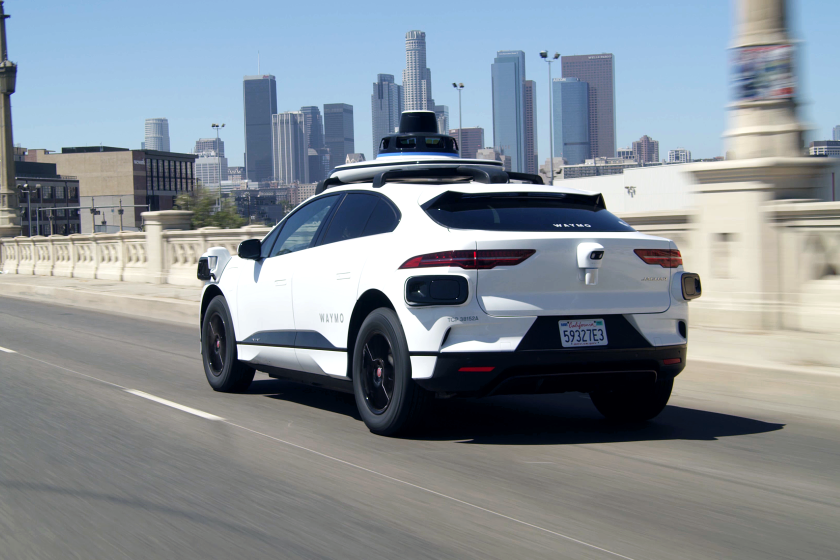The Great Train Robbery--in L.A.
- Share via
Trains that ride on a cushion of air from LAX to March Air Force Base in the Inland Empire--this is what a major effort in Los Angeles, Sacramento and Washington is promoting, and what the Southern California Assn. of Governments has a plan for.
SCAG claims this scheme will take people out of cars and off the freeways and make it easy to get from one airport to another so you can, for instance, fly into LAX and get your connecting flight out of Ontario, and incidentally you can also go to Union Station downtown.
What’s wrong with this plan? It promotes the wrong kind of trains in the wrong places. Yet it will soon be sent off to Washington with a request for federal funds to refine the plan. It is even possible that the feds will send the money, which would keep SCAG staff and consultants prosperous for years.
Here are some of the reasons why it won’t work:
* No one in the world has been willing to invest in magnetic levitation technology as a commercial venture. Although the California High Speed Rail Authority officials initially were quite taken with “maglev,” they subsequently realized that its potential cost is significantly higher than the high-speed trains that already run in Europe and Asia.
* High-speed trains are designed for use across long distances with few stops. They work for inter-urban, not intra-urban, runs. Within an urban area, trains must be able to stop relatively frequently to serve the surrounding areas. Trains have to slow down for curves, turns and stations--in each case reducing the average speed and increasing the travel time. So it doesn’t make sense to pay the added cost of high-speed technology when the trains won’t be able to go that fast anyway.
* SCAG’s proposal to connect airports to other airports is just bad planning. Good planning connects airports to population centers, so people can go to Ontario Airport or Palmdale Airport instead of having to crowd into overcrowded terminals and overcrowded airspace at LAX.
* There is a need for high-speed rail to supplement existing road and air routes connecting the major cities of California. So many people travel between the Bay Area and Los Angeles that the airports and airlines are overwhelmed and the two major roads through the Central Valley are congested and dangerous because of the mixing of trucks with passenger cars and fog. All the evidence points to increasing travel demand and increasing congestion along that north-south axis. Far from supplanting air and road traffic, a high-speed rail line would probably just make it possible to continue moving along the roads and through the airports. SCAG’s proposal for high-speed rail is simply in the wrong place.
* SCAG claims that this new train will travel in existing right of way above existing freeways, but no one can say how the trains will get across the interchanges. In fact, when pushed, SCAG says, “Well, some of the way over freeways, some of the way over existing rail lines, and some of the way on new right of way such as in the Exposition corridor.” That’s the same Exposition corridor where earlier proposals for a light-rail line have been repeatedly kiboshed by nearby residents.
So why, you ask, is SCAG pursuing this flight of fancy? Why did the state Legislature adopt a bill requiring the High Speed Rail Authority to support SCAG? Why, in light of all the previous failures to create subways and light rail, is this happening?
The answer is simple: In the immortal words of Willie Sutton when asked why he kept robbing banks, “That’s where the money is.” U.S. Sens. John H. Chafee (R-R.I.) and Daniel Patrick Moynihan (D-N.Y.) once upon a time got Congress to appropriate money to study possible maglev routes in the United States. Though Chafee died and Moynihan is retiring, the money lingers on. So regardless of whether the program is the right program, it provides a way to keep SCAG staff and consultants fully employed for another couple of years. Like Willie Sutton’s family and friends, they’ve got to eat too.
More to Read
Sign up for Essential California
The most important California stories and recommendations in your inbox every morning.
You may occasionally receive promotional content from the Los Angeles Times.










